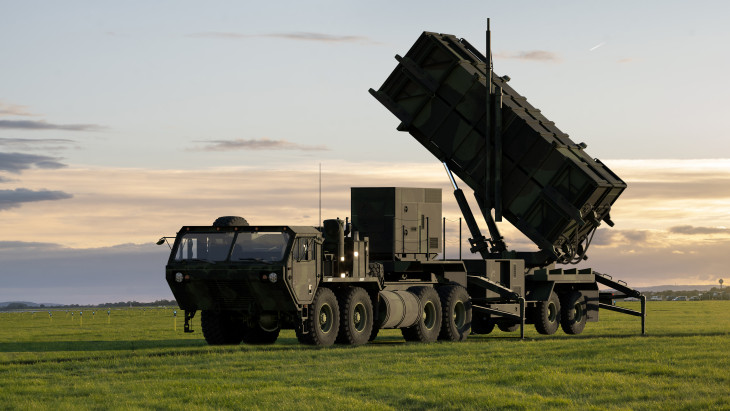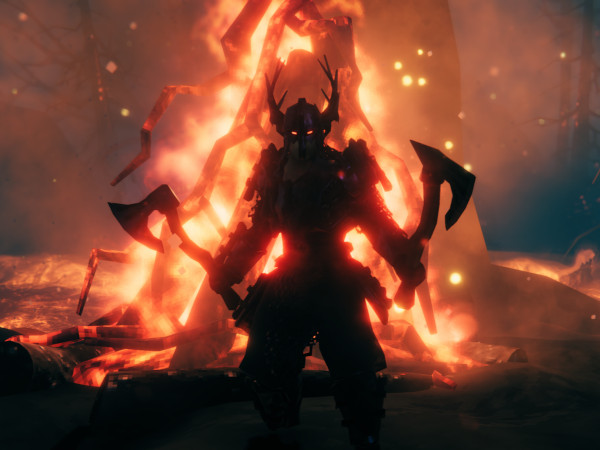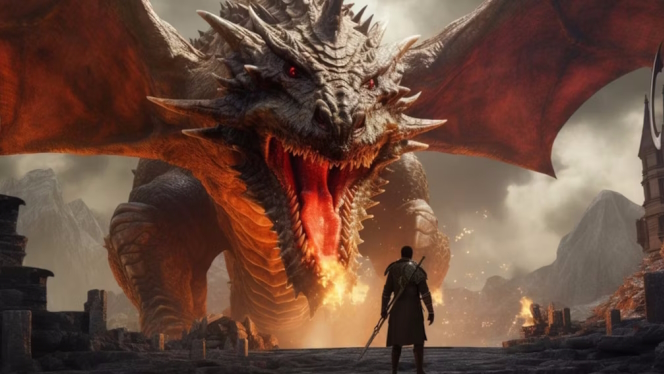It is widely known that 65.5 million years ago, a large asteroid smashed into what is now the Gulf of Mexico triggered a global catastrophe, wiping out the dinosaurs from the life stage, along with many other groups of animals. However, contrary to popular belief, the “dinosaur-killing” KT asteroid was far from the largest cosmic rock ever to hit Earth. According to a recently published study, the remnants of the Vredefort crater in the Republic of South Africa are at least twice the size of the KT asteroid, 24-25 resulted from the collision of a celestial body with a diameter of one kilometer, which, according to estimates, collided with the Earth at a speed of 70-90 thousand kilometers per hour. It is bad to think about what would happen if an asteroid of this size collided with Earth today, what is certain is that such a cosmic Armageddon humanity will not survive.
The dinosaur-killing asteroid was just a cosmic pebble compared to it
The largest asteroid ever to hit Earth, which smashed into our planet about two billion years ago in the Precambrian era, may have been much larger than scientists previously thought.
Based on the dimensions of the Vredefort crater – the huge gash that lies on the soil of South Africa today – researchers recently came to the conclusion that the asteroid that exploded the crater must have been at least twice the size of the asteroid that wiped it out. Dinosaurs and other groups of animals, 65, celestial body crashed 5 million years ago. Vredefort Crater is located 120 kilometers southwest of Johannesburg, with a current diameter of about 159 kilometers,
This makes it the largest visible surface crater on Earth.

However, it is smaller than the Chicxulub crater buried under Mexico’s Yucatan Peninsula, about 180 kilometers in diameter, which was created by a dinosaur-killing asteroid that struck at the end of the Cretaceous period, about 65.5 million years ago.
At first glance, all of this might seem like a serious contradiction, because how could an asteroid that was twice the size of the dinosaur-killing space rock cause a smaller crater diameter?

However, the discrepancy is only apparent, as impact craters slowly erode over time,
which “shrinks” to its original size.
According to estimates based on the latest measurements, Vredevoort Crater was originally 250-280 kilometers in diameter when it formed 2 billion years ago. This is why Vredefort Crater is considered the largest impact crater on Earth, although its current size is smaller than the current Chicxulub crater.
It would have been much larger and faster than previously assumed
In the past, scientists believed that the Vredefort crater was originally much smaller – about 172 km across. Based on this estimate, the researchers came to the conclusion that the asteroid responsible for the impact may have been about 15 kilometers in diameter and struck at approximately 53,900 kilometers per hour. However, in a new study, researchers have revised previous estimates of the crater and made new findings regarding the size of massive space rocks and the speed of their impact.

In the study, which was published on the eighth of August last year, it was revealed that Journal of Geophysical Research: Planets In the journal, researchers recalculated the size of the Vredefort asteroid and found that the massive space rock was probably 20-25 km in diameter and traveling between 72,000 and 90,000 km/h when it smashed into our planet. “Understanding the largest impact structure on Earth is critical because it allows researchers to build more accurate geological models,” said lead study author Natalie Allen, a doctoral student in the Department of Physics and Astronomy at Johns Hopkins University in Baltimore.

He added that a more accurate analysis of the magnitude of the impacts could give a more accurate picture of the mechanism of formation of other craters here on Earth and in the entire solar system.
There is no larger known impact structure on Earth
Determining the exact size of the crater has been greatly complicated by the time since the impact two billion years ago, as well as by the long process of erosion. ” To understand how erosion affects the decay of the structure of ancient impact craters, such as Vredefort, imagine we keep cutting a slice off the rim of a pot said Roger Gibson, a structural geologist at the University of the Witwatersrand in South Africa. “If you slice the bowl horizontally incrementally, you will see that the diameter of the bowl decreases with each slice removedGibson added.

The researchers write that in addition to the natural erosion of the Vredefort impact structure, new rock formations have appeared in some parts of the crater area as a result of geological processes. As a result, most of the crater’s original structure has been completely covered by younger layers of rock,
Today only a small part of the crater’s raised rim is visible.
Therefore, it is difficult to determine its size originally. Other recent studies have estimated the size of the Vredefort crater by focusing on the minerals surrounding the crater area.

The scientists identified distortions in various crystals in the study area, such as quartz and zircon, which were clearly caused by the ancient collision.
Based on these effects, the known radius of impact is extended
– wrote the authors of the study. As a result, the researchers are confident that their new estimate of the size of the Vredefort asteroid is much more accurate than previous estimates.
No one would be spared if the Vredefort asteroid were hurtling towards us today
When a dinosaur-killing asteroid – which may have been about 12 km in diameter – hit Earth 65.5 million years ago, the impact caused massive destruction and a global crisis.

The impact event marking the end of the Cretaceous period caused widespread wildfires and acid rain; It generated kilometer-high waves in a tsunami that continued halfway around the planet; It also released huge amounts of dust and aerosols into the atmosphere, which drastically altered the climate.

the Scientific reports According to a study published in the journal in December 2021
About 75% of all life on Earth was destroyed by a cataclysm of cosmic origin.
However, the impact of the Vredefort asteroid, which was at least twice the size of the KT asteroid, was the largest energy release event in Earth’s history, which certainly had serious global consequences.

The only luck is that at the time of the Vredefort Impact, two billion years ago, in the Precambrian era, only single-celled forms of life existed, and these also had the periphery of the Old World as their exclusive habitat; The dry lands were still barren, lifeless wastelands at that time. On the other hand, if a cataclysm like this happened today, it would be the end of the world embodied, which would destroy the entire human civilization in almost seconds.










































